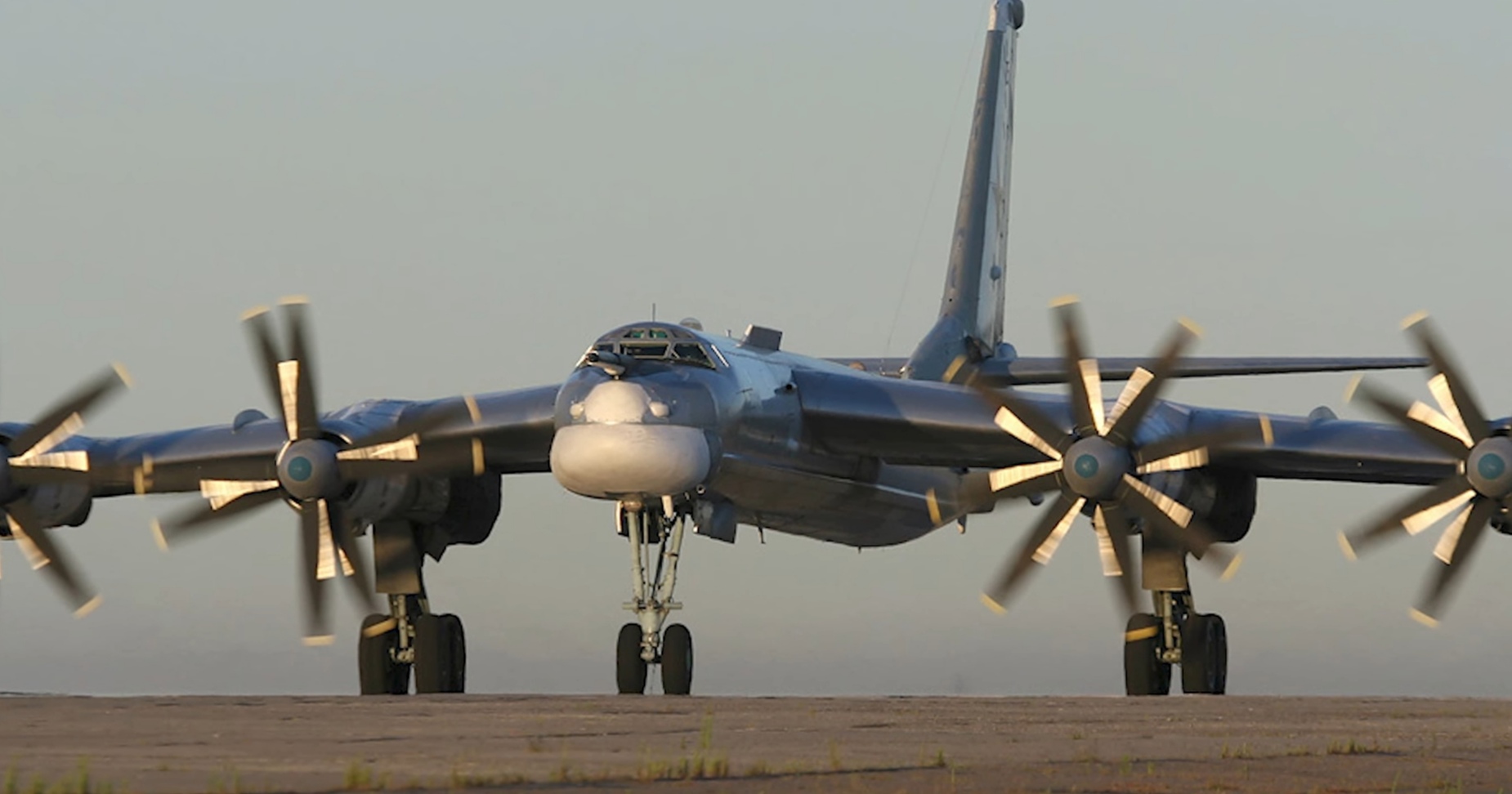Kyiv, June 1, 2025 — In a bold and unprecedented move, Ukraine launched a deep-strike drone operation, codenamed “Operation Spiderweb,” targeting multiple Russian airbases and resulting in the destruction of over 40 military aircraft, including nuclear-capable bombers.
The coordinated assault employed first-person-view (FPV) drones, reportedly smuggled into Russia concealed within trucks. These drones were launched remotely from hidden mobile cabins, striking airbases in Irkutsk, Murmansk, Ryazan, Ivanovo, and Amur regions—some located thousands of kilometers from the Ukrainian border. Among the destroyed assets were Tu-95 and Tu-22M3 bombers, as well as A-50 airborne command jets.
Ukrainian President Volodymyr Zelensky oversaw the operation, which was orchestrated by Ukraine’s Security Service (SBU). The success of “Operation Spiderweb” showcases Ukraine’s growing capabilities in drone warfare and its willingness to target critical Russian military infrastructure far beyond the front lines.
The timing of the attack is particularly noteworthy, coming just ahead of proposed U.S.-brokered peace talks in Istanbul. Ukraine has demanded a complete ceasefire and the return of prisoners, while Russia has so far resisted unconditional terms. The success of “Operation Spiderweb” may strengthen Ukraine’s position in these negotiations, while also raising global security concerns about the evolving nature of drone warfare.
In response, Russia has condemned the attacks as acts of terrorism and vowed retaliation. The Kremlin’s pro-war community has likened the assault to “Russia’s Pearl Harbor,” calling for severe countermeasures. As tensions escalate, the international community watches closely, concerned about the potential for further escalation and the implications for global security.